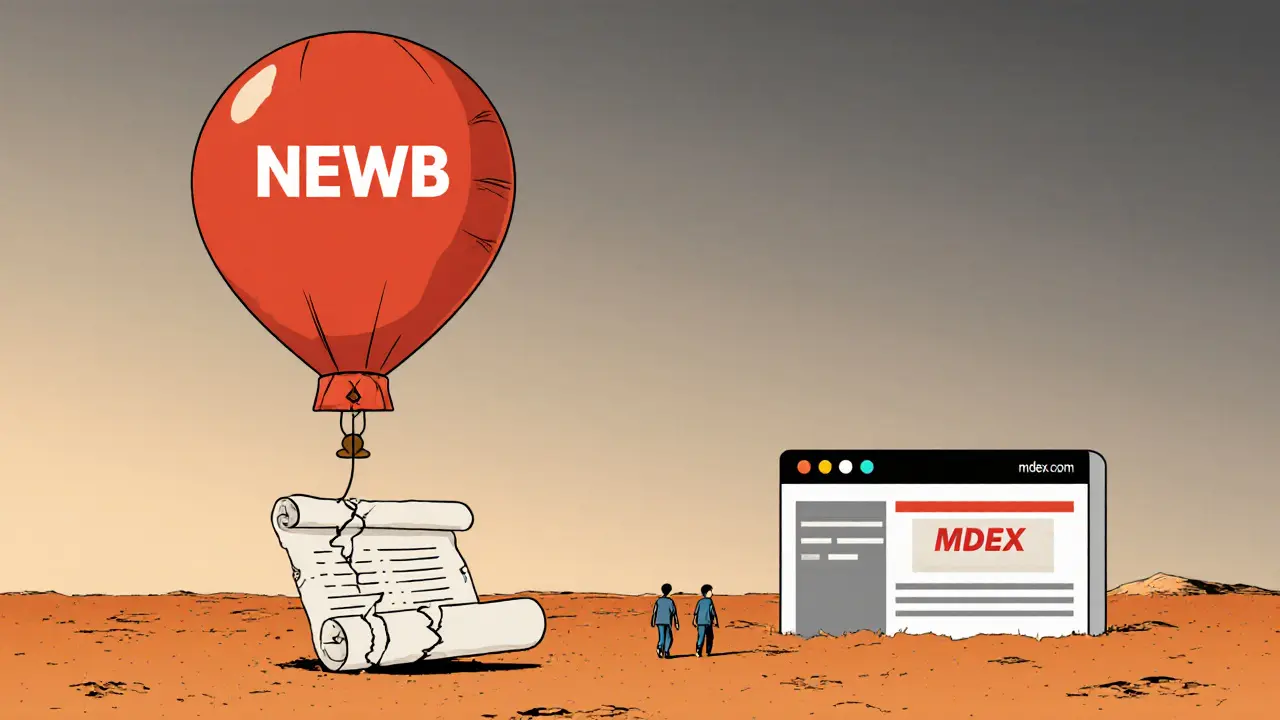DeFi Token: What It Is, How It Works, and Where to Find Real Value
When you hear DeFi token, a digital asset built to run financial services on blockchain networks without middlemen. Also known as decentralized finance token, it enables lending, trading, and earning interest directly through code—no bank account needed. Unlike Bitcoin, which is mostly digital cash, a DeFi token is a tool. It’s the fuel for apps that act like banks, stock exchanges, and insurance companies—all running on open networks like Ethereum or BSC.
These tokens don’t exist in a vacuum. They’re tied to liquidity mining, a system where users lock up crypto to help trading platforms operate smoothly, and get paid in tokens for doing it. Think of it like renting out your car for a ride-share app—you provide the asset (your crypto), and you earn a cut of the profits. That’s how platforms like Curve or PancakeSwap keep trading active. And when you hear about yield farming, the practice of moving your crypto between DeFi apps to chase the highest returns., that’s just advanced liquidity mining with more steps. Some tokens reward you just for holding them, others require you to pair them with another coin in a pool. The key? Not all of them are real. Many are just hype wrapped in code.
Behind every working DeFi token is a smart contract, a self-executing program on the blockchain that automatically handles transactions based on rules written into it. This is what makes DeFi different from traditional finance. No human approves your loan. No manager decides if you can withdraw. The code does it—and if the code has a flaw, your money can vanish. That’s why audits matter. That’s why transparency matters. That’s why projects like Secret Network, which encrypts transaction data, or Mantle Staked Ether, which lets you earn ETH rewards without locking your coins, stand out. They don’t just promise returns—they solve real problems.
You’ll find plenty of DeFi tokens in the posts below—some are alive, some are dead, and some were never real to begin with. There’s Wrapped Cardano letting ADA move into Ethereum’s ecosystem. There’s MCASH, earned not by clicking buttons but by using privacy tools. There’s THOREUM, where rewards come from holding, not from fake airdrops. And then there’s Landboard, a token tied to a metaverse that never launched—worthless because it had no users, no code, and no future. The difference between the ones that last and the ones that crash isn’t marketing. It’s substance. It’s utility. It’s whether people actually need the token to do something they can’t do elsewhere.
What you’re about to read isn’t a list of tokens to buy. It’s a collection of real stories—about what worked, what failed, and why. You’ll see how people in Pakistan use DeFi to dodge inflation. How Thailand’s tax rules change everything. How a zero-fee exchange like Zeddex has no liquidity and no future. You’ll learn where to find real yield, how to spot a scam, and why the best DeFi tokens aren’t the ones with the flashiest websites—they’re the ones people actually use.
What is NewB.Farm (NEWB) crypto coin? Full breakdown of tokenomics, risks, and current status
NewB.Farm (NEWB) is a low-liquidity DeFi token on Binance Smart Chain with a 99% price drop from its peak. Audited but inactive, it lacks exchange listings, development, and community support - making it a high-risk, low-reward asset.
Details +